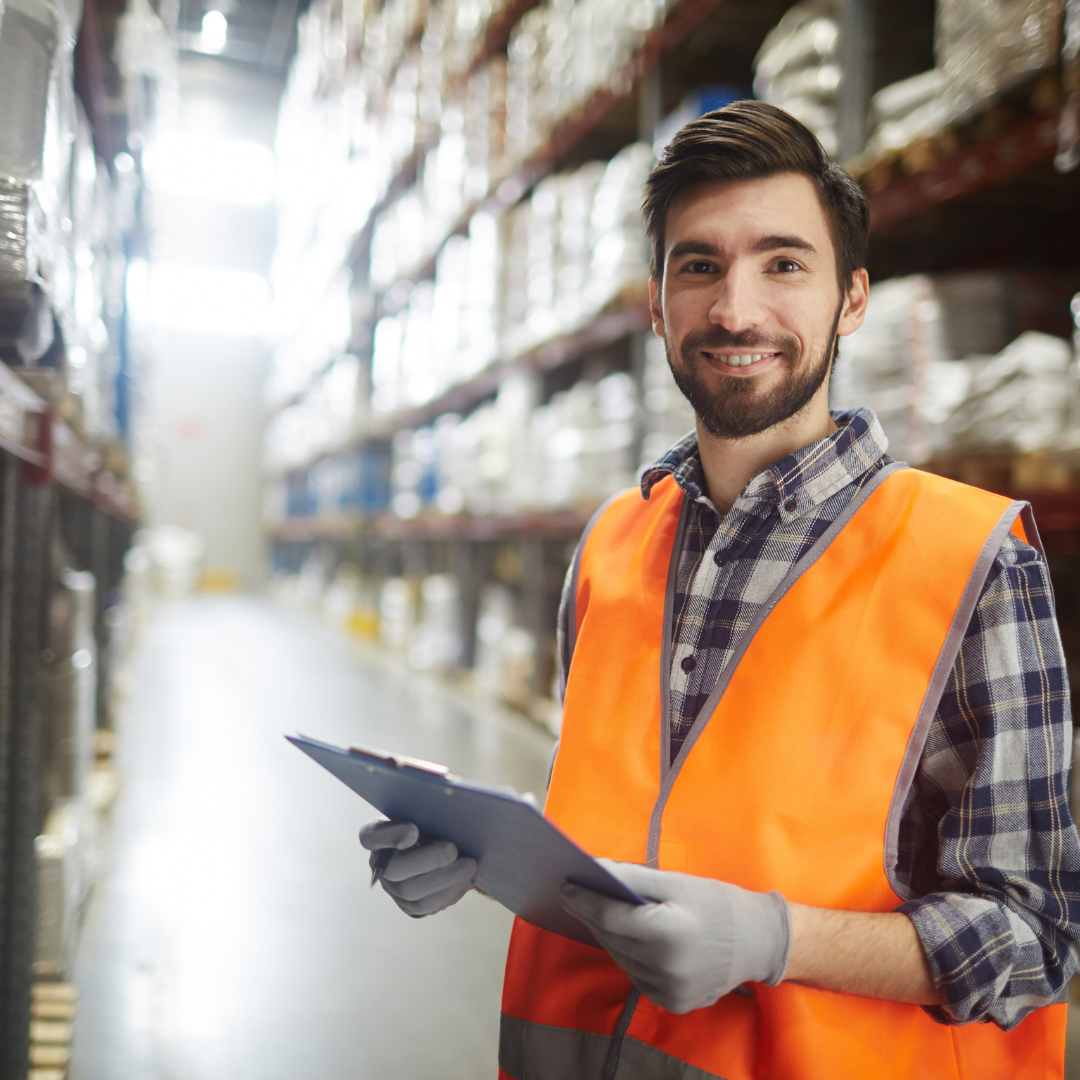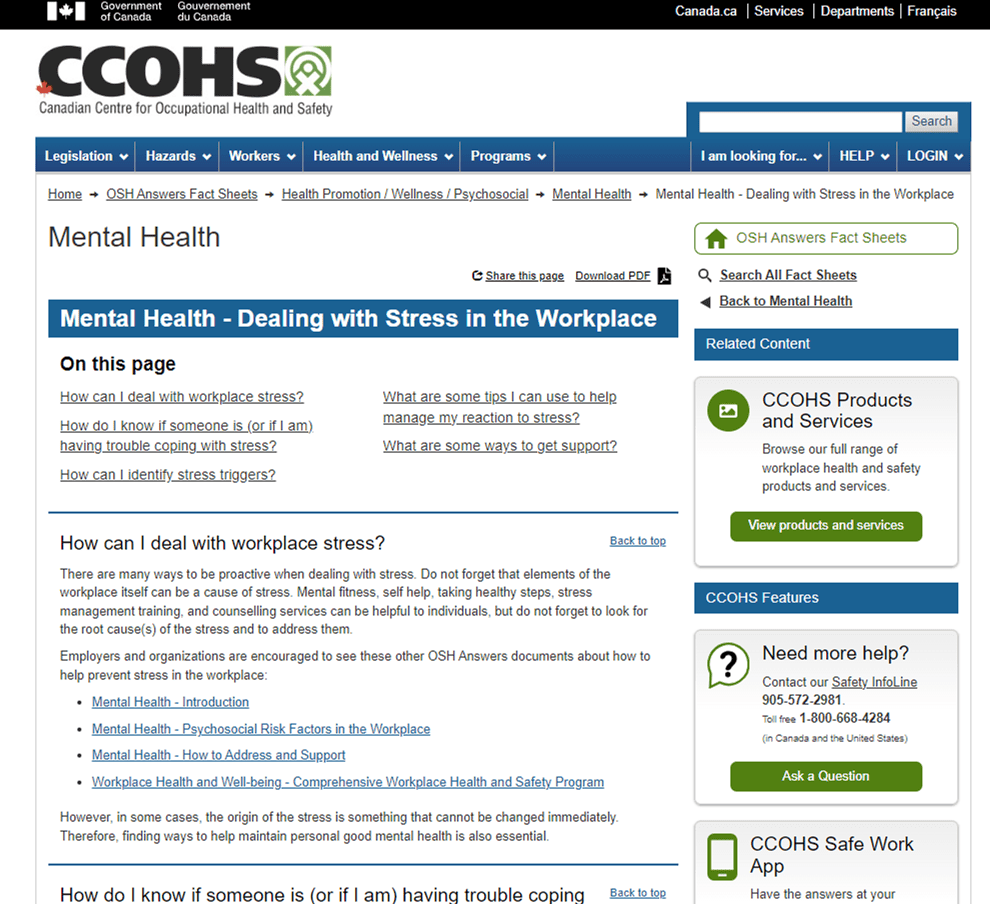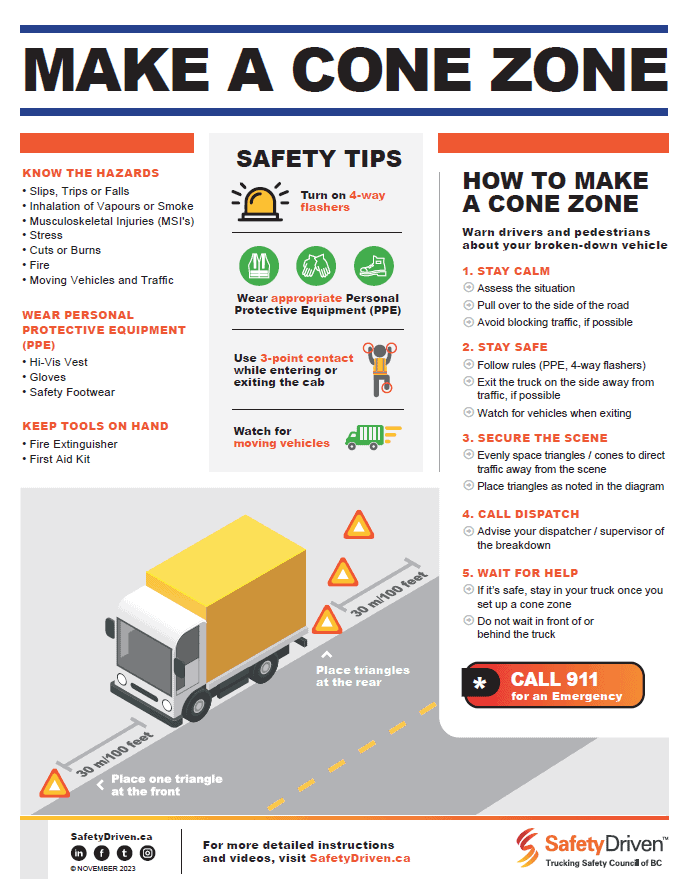
Delivering Safety in Busy Warehouses During the pandemic
My friend and his fellow logistics technicians have been working overtime at their warehouse jobs ever since the pandemic was declared in March 2020. They’ve been processing an excess of “undeliverable” products ordered by companies that shut down to prevent the spread of COVID-19.
My friend says: “Now it’s like Christmas season all the time. We were so behind they brought in 20 temp workers.”
To get some insight into what warehouse employers can do to keep workers safe during this extra-busy time, I spoke with Jose Barranco, a manufacturing Consultation and Education Services manager with WorkSafeBC, and a past safety manager at Amazon.
Review forklift/pedestrian safety procedures
The first thing Jose mentioned was the importance of keeping people safe while they’re walking near moving equipment. This is especially crucial when there is a lot of inventory taking up space as stacks of product can create blind spots for people crossing paths.
“Before you cross, you need to confirm with the forklift driver that they are giving you the right of way,” says Jose, adding that he’s seen situations where the pedestrian aisle has become a storage location or a forklift parking location. “Employers need to evaluate the warehouse layout to ensure that any risk areas are addressed and resolved.”
It’s also important to make sure temporary workers understand the practices and procedures for pedestrian/machine safety.
Says Jose: “When you add new people into the mix, you need to make sure they are trained properly to avoid causing additional hazards.”
See Fields of Vision, a video series from WorkSafeBC, for more about improving communication between truck operators and pedestrians.
Ensure trucks are safe for loading/unloading
Employers need to have a process in place for confirming a truck trailer is safe for loading or unloading. The truck must be securely attached to the loading bay via a “dock-lock” — a hook from the bottom of the trailer that attaches to the dock.
Jose says there have been situations where forklifts have fallen into that gap between the truck and the loading bay, which has resulted in fatal consequences in the past. He adds that busy times can affect people at work, which can increase the risk of incidents when loading and unloading trucks.
“When the amount of anxiousness and stress in a workplace increases, this can lower our ability to concentrate. I’ve seen, in my own experience, that when situations get very stressful, this [loading/unloading safety] is one of the systems that could be affected.”
Be aware of the potential for stacked items to fall
Workers need to avoid stacking products in ways that make them unstable. If they fall over and someone is in the way, the consequences can be deadly.
Forklift drivers often think they will be safe because they have a rollover bar, says Jose. “But depending on the weight and characteristics of the products, you could be trapped for quite some time until people gather the right equipment and resources to remove the collapsed product.”
See WorkSafeBC’s information on storage racks for more on how to move materials on and off storage racks safely, either manually or using mobile equipment.
And of course, be sure to keep informed by WorkSafeBC’s COVID-19 information and resources. Thanks to Jose for speaking with me at such a busy time.
Stay up to date and sign up for one of our newsletters!
Latest Resources
Mental Health – Dealing with Stress in the Workplace
Canadian Centre for Occupational Health and Safety (CCOHS)Visit the Canadian Centre for Occupational Health and Safety (CCOHS) website for reso ...

